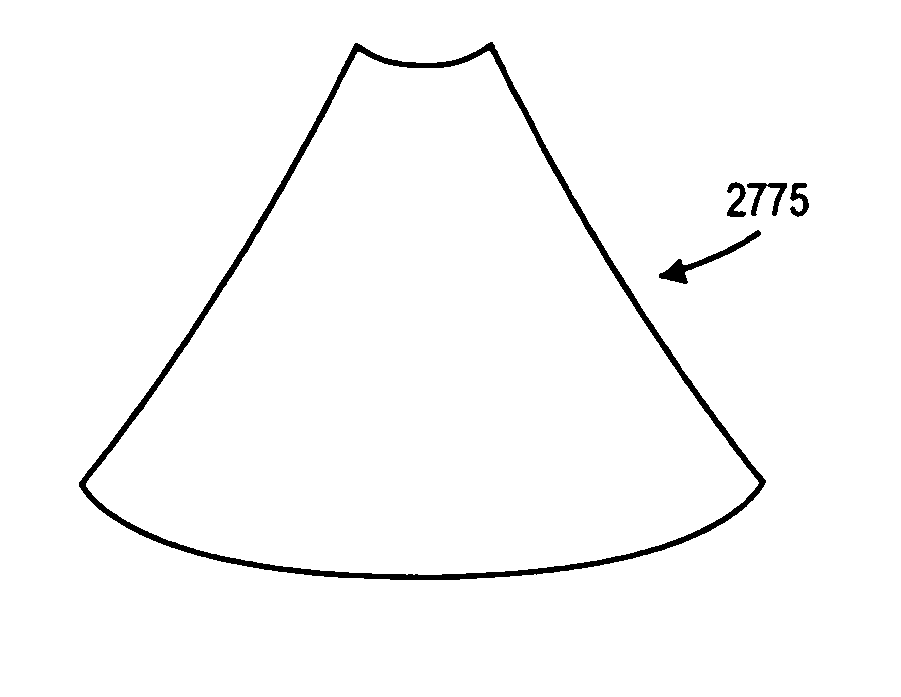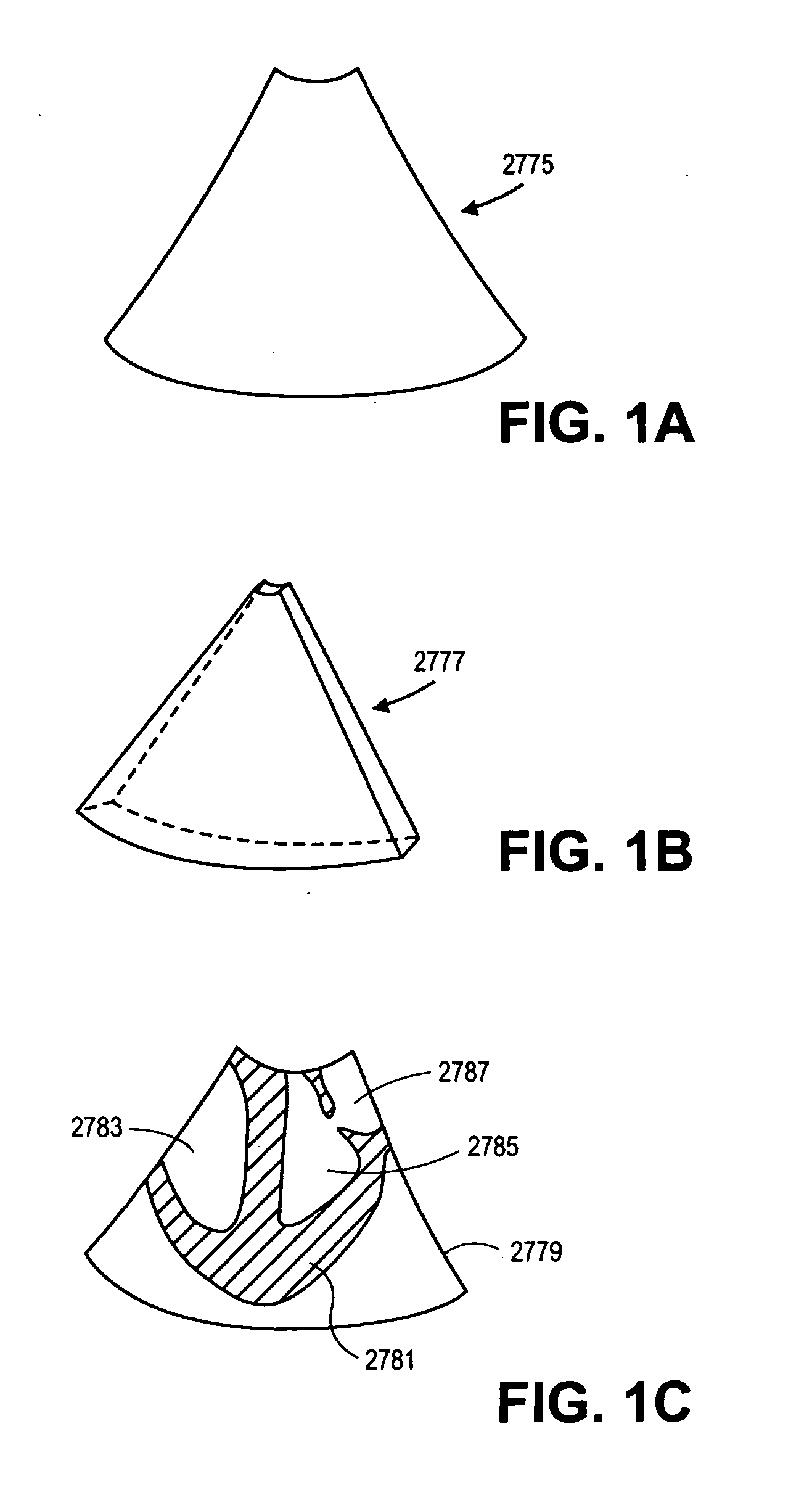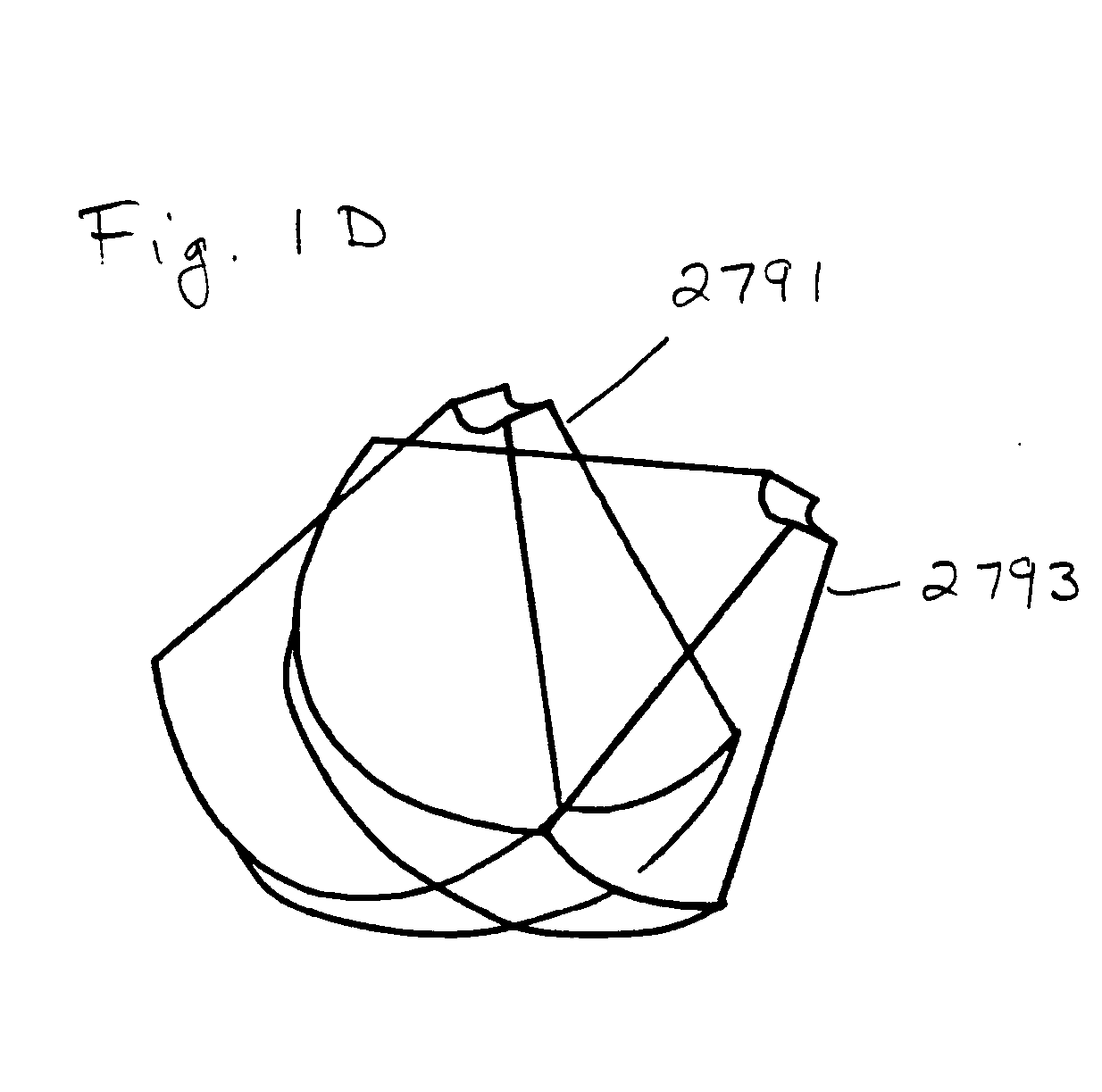Methods and apparatuses for image guided medical procedures
- Summary
- Abstract
- Description
- Claims
- Application Information
AI Technical Summary
Benefits of technology
Problems solved by technology
Method used
Image
Examples
Embodiment Construction
[0127] The following description and drawings are illustrative of the invention and are not to be construed as limiting the invention. Numerous specific details are described to provide a thorough understanding of the present invention. However, in certain instances, well known or conventional details are not described in order to avoid obscuring the description of the present invention.
[0128] In the present application, the term “image” is not limited to a 2-D image. The term “image” may also generally refer to a set of 3-D volumetric image data, or a 4D imaging data set that includes a series of 3-D volumetric image data paired with another dimension (such as time interval in relation to the cardiac cycle), or other types of imaging data. In the following description, the word “location” refers to the X, Y, and Z points in space or memory address locations, and the word “position” refers to general position information that may include any or all of the 6 degrees of (motion) free...
PUM
 Login to View More
Login to View More Abstract
Description
Claims
Application Information
 Login to View More
Login to View More - R&D
- Intellectual Property
- Life Sciences
- Materials
- Tech Scout
- Unparalleled Data Quality
- Higher Quality Content
- 60% Fewer Hallucinations
Browse by: Latest US Patents, China's latest patents, Technical Efficacy Thesaurus, Application Domain, Technology Topic, Popular Technical Reports.
© 2025 PatSnap. All rights reserved.Legal|Privacy policy|Modern Slavery Act Transparency Statement|Sitemap|About US| Contact US: help@patsnap.com



